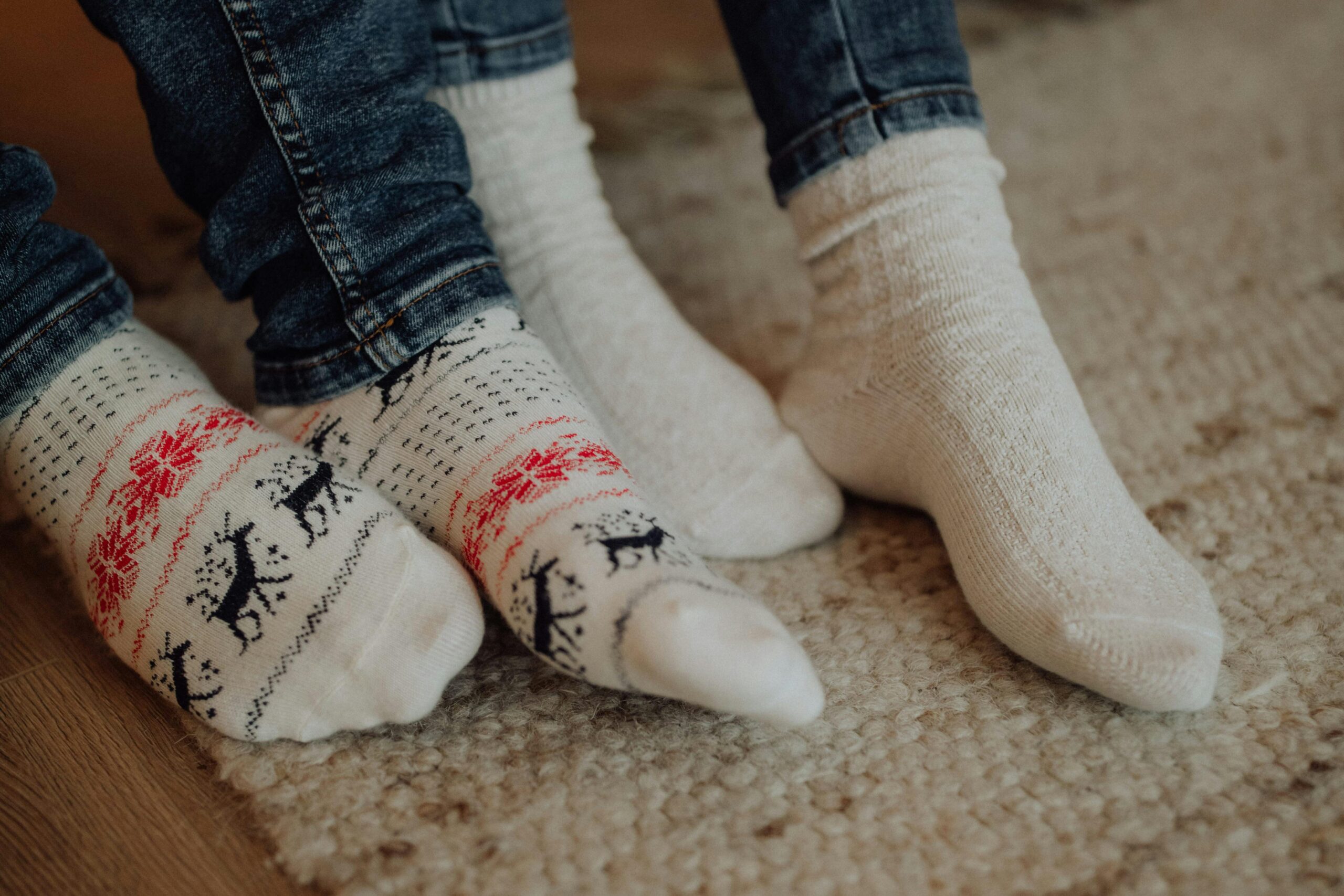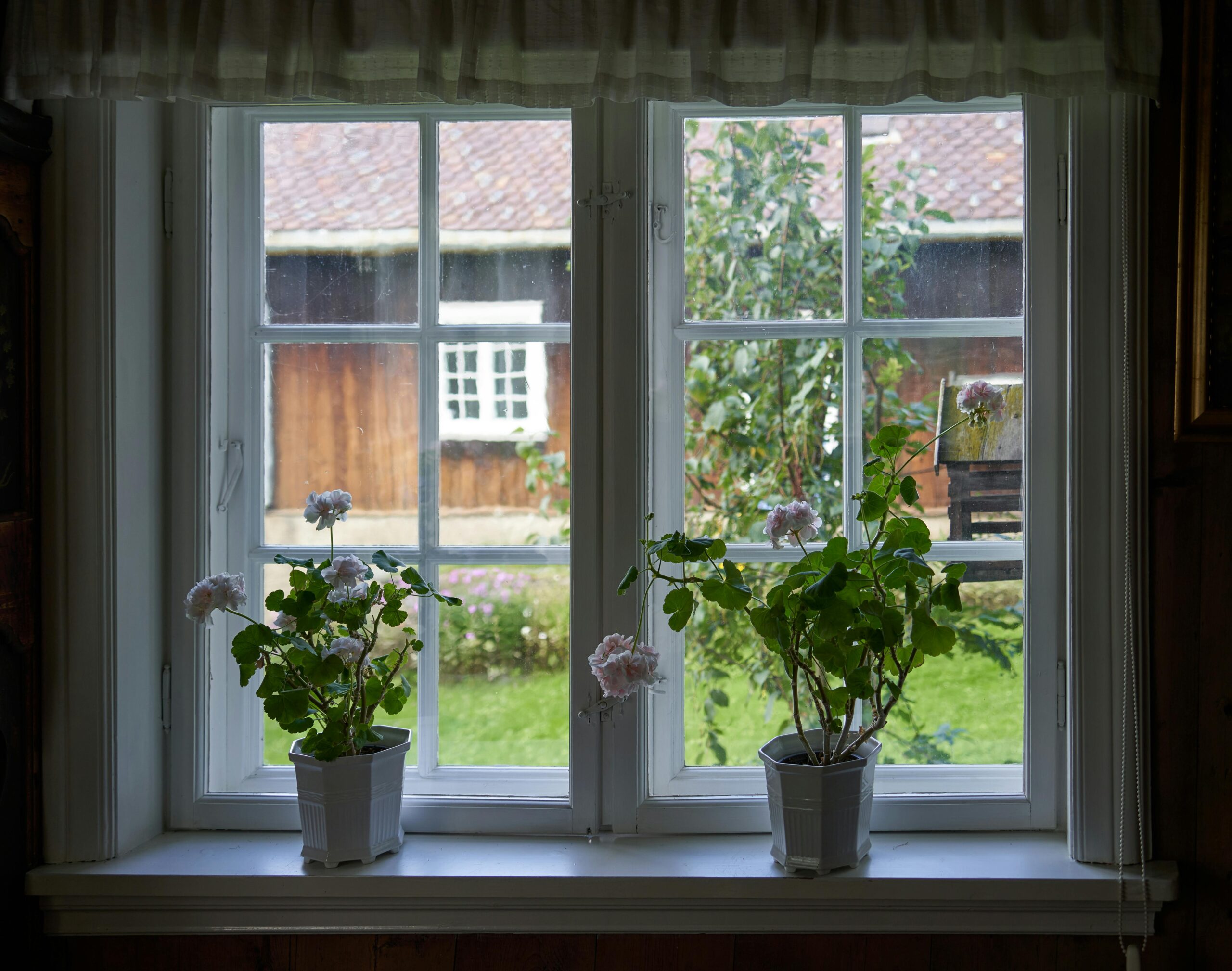Underfloor heating systems have revolutionized home comfort by providing consistent warmth from the ground up. However, not all flooring materials conduct and distribute heat equally, making some options more suitable than others when paired with radiant heating. This article explores which flooring types—including tile, stone, engineered wood, and luxury vinyl plank (LVP)—work best with underfloor heating systems. We’ll examine the thermal conductivity properties of each material and provide guidance on selecting the best flooring for radiant heat in your home.
Understanding Underfloor Heating Basics
Underfloor heating systems operate by distributing heat upward through your floor surface. There are two primary types: electric systems that use heating cables and hydronic (water-based) systems that circulate warm water through pipes beneath your flooring. The efficiency of these systems largely depends on the flooring material installed above them. Materials with high thermal conductivity allow heat to transfer more readily, resulting in faster warming times and more efficient operation. When planning an installation, consulting with experts about underfloor heating compatible flooring is essential for achieving optimal system performance and avoiding potential damage to certain floor types that may not withstand the heat cycles well.
Tile and Stone: The Gold Standard
Ceramic, porcelain tile and natural stone are widely considered the best flooring for radiant heat systems. These materials possess excellent thermal conductivity properties that allow them to efficiently absorb and distribute heat throughout the space. Installing tile over heated floor systems creates an ideal combination that warms quickly and retains heat longer, even after the system is turned off. The dense composition of these materials makes them particularly effective at storing thermal energy. Additionally, tile and stone are dimensionally stable, meaning they expand and contract minimally with temperature changes, reducing the risk of cracking or warping over time. This stability makes them extremely reliable options for areas with significant temperature fluctuations, such as bathrooms and kitchens, where underfloor heating is especially appreciated during colder months.
Engineered Wood with Radiant Heat
For homeowners who prefer the warmth and aesthetic appeal of wood but want the comfort of heated floors, engineered wood with radiant heat offers an excellent compromise. Unlike solid hardwood, which can warp or gap when exposed to temperature fluctuations, engineered wood is specifically designed with cross-layered construction that improves its dimensional stability. This structure makes engineered wood radiant heat systems increasingly popular in residential settings. However, not all engineered wood products are created equal. Homeowners should look for products specifically rated for use with underfloor heating systems and pay attention to the manufacturer’s maximum temperature recommendations. The thickness of the engineered wood planks also matters—thinner boards (typically under 15mm) conduct heat more efficiently than thicker alternatives. When properly installed with appropriate underlayment, engineered wood can provide the perfect balance of natural beauty and comfortable warmth.
Luxury Vinyl Plank Performance
Luxury vinyl plank (LVP) has emerged as a versatile option for homeowners interested in combining modern flooring with heating technology. LVP with underfloor heating systems offers several advantages, including excellent water resistance, durability, and relatively good thermal conductivity. The vinyl composition allows heat to pass through more efficiently than laminate or carpet, though not quite as effectively as tile or stone. When selecting LVP for heated floors, look for thinner products (ideally 5mm or less) with the appropriate ratings for heat resistance. Many manufacturers now specifically design LVP products that are compatible with radiant heating systems, often indicated on packaging or specification sheets. Another benefit of pairing LVP with underfloor heating is the comfort factor—the resilient surface feels warmer to the touch than ceramic tile, even at the same temperature, making it particularly appealing for bedrooms and living areas where barefoot comfort is desired.
Installation Considerations and Professional Advice
Proper installation is critical for any underfloor heating system, regardless of the flooring type chosen. Special attention must be paid to subfloor preparation, insulation, and system controls to ensure optimal performance. Using the right underlayment materials can significantly improve heat distribution and efficiency. For most flooring types, a period of gradual temperature adjustment is recommended before and after installation to allow materials to acclimate properly. Professional installation is strongly recommended, particularly for hydronic systems or when working with natural materials like engineered wood. AskHomey can connect you with experienced contractors who specialize in both flooring installation and underfloor heating systems to ensure your project is completed correctly.
Making the Right Choice for Your Home
When selecting underfloor heating compatible flooring, consider both practical and aesthetic factors. While tile and stone offer superior thermal performance, engineered wood and luxury vinyl plank provide excellent alternatives that balance heat efficiency with design flexibility. Think about the primary function of each room, your local climate, and your heating needs throughout the year. Remember that underfloor heating systems typically operate at lower temperatures than traditional radiators, so choosing highly conductive flooring materials can improve overall system efficiency and reduce energy costs.
For more tips and to connect with reliable home service professionals, follow AskHomey on Facebook and Instagram.



